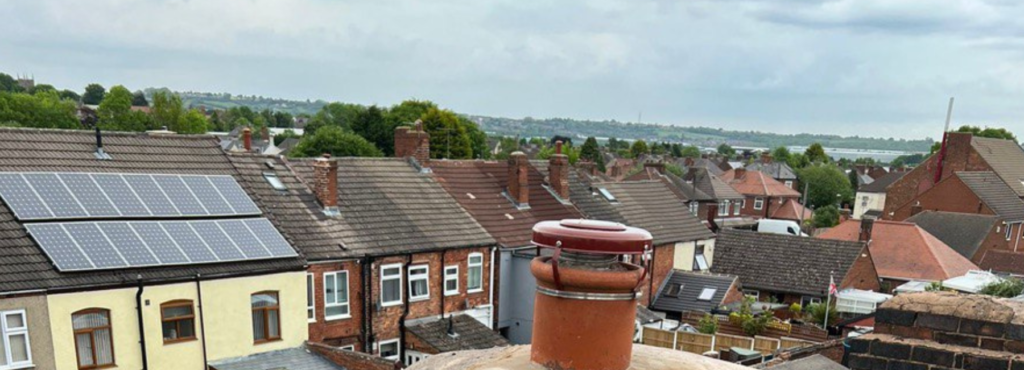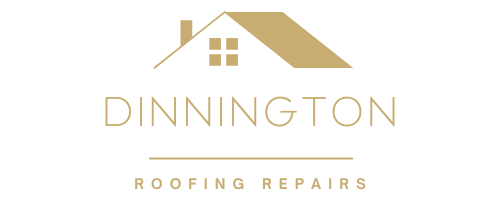Introduction: Condensation in flat roof structures can lead to many issues, including mould growth, structural damage, and reduced indoor air quality. Preventing condensation is essential for maintaining the integrity and longevity of flat roofs and the buildings they protect. In this blog post, presented by Dinnington Roofing Repairs, we’ll explore the causes of condensation in flat roof structures and discuss effective strategies for preventing its occurrence.
Understanding the Causes of Condensation:
Condensation occurs when warm, moisture-laden air comes into contact with cooler surfaces, forming water droplets. In flat roof structures, condensation can occur for several reasons, including:
- Inadequate Ventilation: Poor ventilation within the building envelope traps moist air indoors, increasing the likelihood of condensation on interior surfaces, including flat roof structures.
- Temperature Differentials: Temperature differentials between the interior and exterior of the building can result in condensation forming on the underside of flat roof membranes, especially during temperature fluctuations.
- Moisture Intrusion: Water infiltration from leaks, plumbing issues, or improper waterproofing can introduce excess moisture into flat roof structures, contributing to condensation problems.
- Insufficient Insulation: Inadequate insulation in flat roof assemblies can lead to thermal bridging, where heat escapes through the roof surface, causing adjacent areas to cool and condensation to form.
Strategies for Preventing Condensation:
To prevent condensation in flat roof structures, consider implementing the following strategies:
- Proper Ventilation: Ensure adequate ventilation throughout the building to promote air circulation and moisture removal. Install vents, exhaust fans, and air intakes to maintain balanced airflow and prevent stagnant air pockets.
- Vapour Barriers: Install vapour barriers or retarders beneath flat roof membranes to minimise moisture migration from the interior of the building into the roofing assembly. Vapor barriers help prevent warm, moist air from reaching cooler roof surfaces and condensing.
- Insulation: Use high-quality insulation materials with appropriate R-values to minimise heat transfer and maintain consistent temperatures within the building envelope. Properly installed insulation reduces thermal differentials and helps prevent condensation on flat roof surfaces.
- Regular Maintenance: Conduct routine inspections of flat roof structures to identify and address potential sources of moisture intrusion, such as leaks, damaged membranes, or blocked drains. Promptly repair any issues to prevent water infiltration and minimise condensation risks.
- Climate Control: Maintain stable indoor temperatures and humidity levels to reduce the likelihood of condensation formation. Use HVAC systems, dehumidifiers, and thermostats to regulate indoor climate conditions and prevent moisture buildup.
Conclusion: Preventing condensation in flat roof structures is essential for preserving building integrity, protecting occupant health, and maintaining indoor comfort. By understanding the causes of condensation and implementing effective prevention strategies such as proper ventilation, vapour barriers, insulation, regular maintenance, and climate control, property owners can mitigate condensation risks and ensure the long-term performance of their flat roofs.
Call us on:01909 498 195
Click here to find out more about Dinnington Roofing Repairs
Click here to complete our contact form and see how we can help with your roofing needs.

